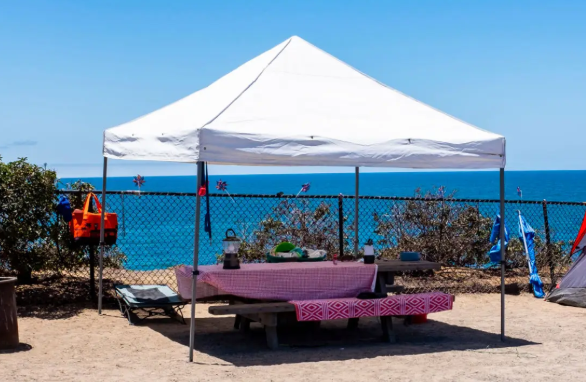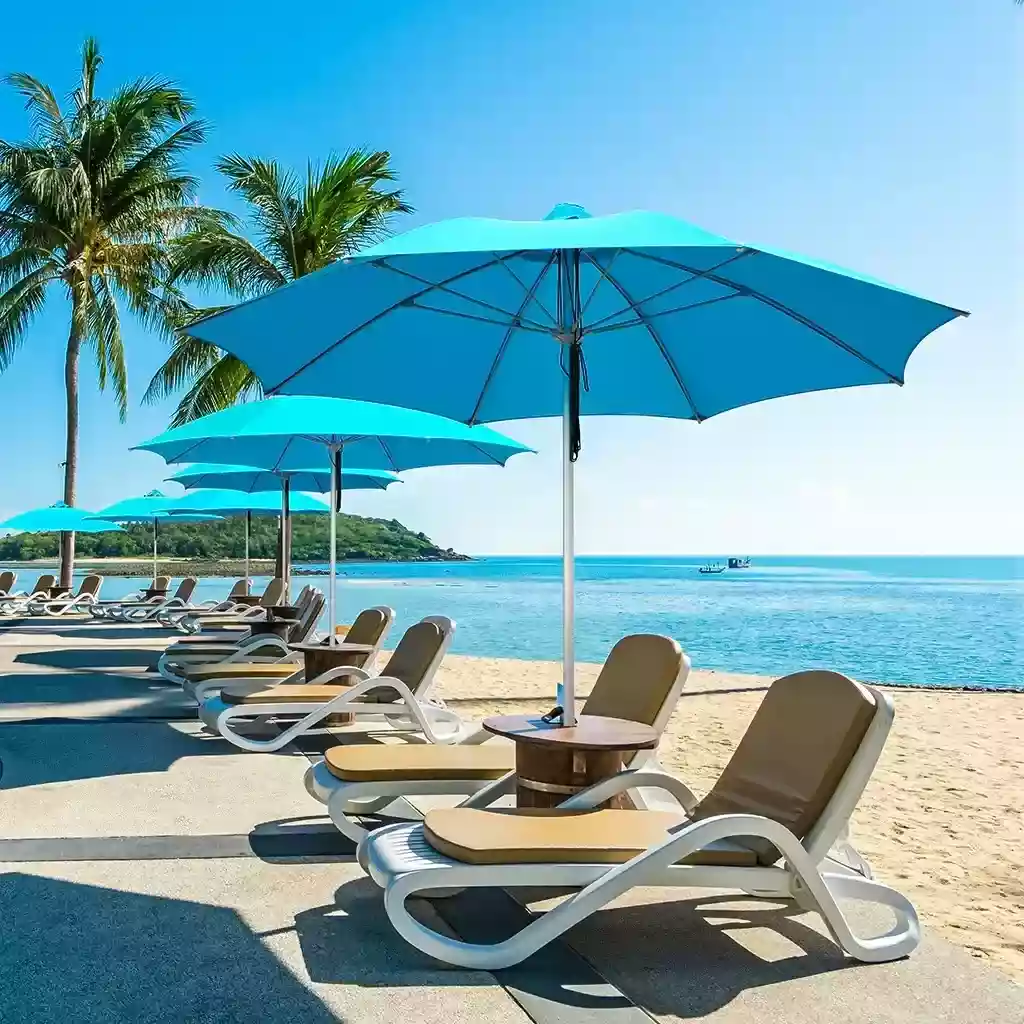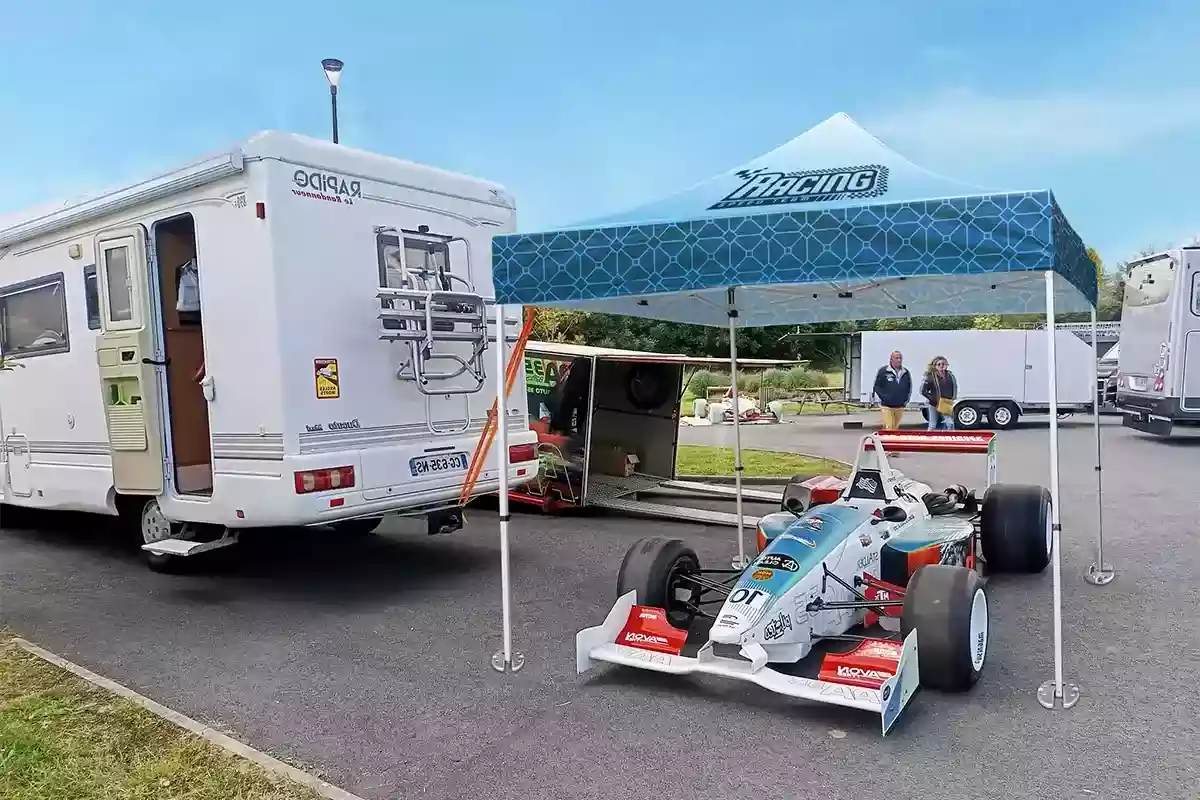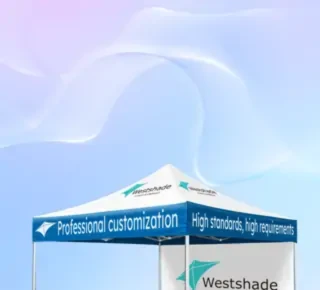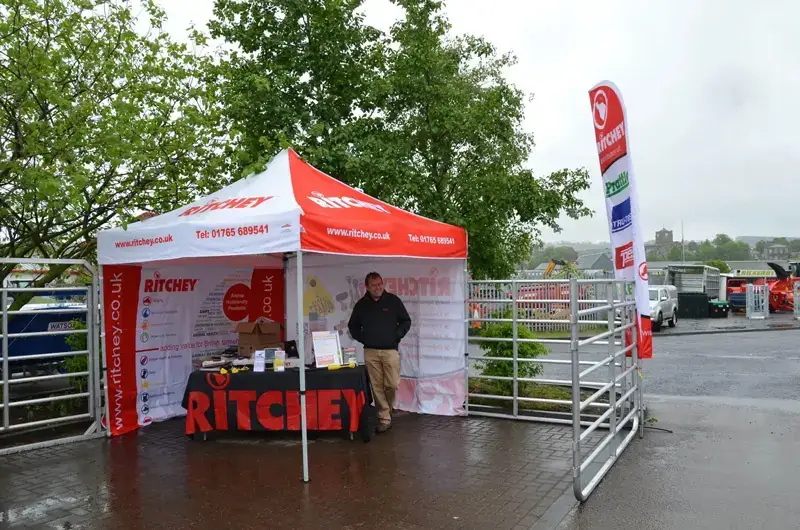
Canopy tents are amazing for outdoor events. They offer shade and comfort in all types of weather. However, strong winds can disrupt your experience. Find out how much wind a canopy tent can withstand and learn how to protect your tent.
How Much Wind Can a Canopy Tent Take?
Generally, a canopy tent can withstand 10 to 40 MPH of wind. Note that wind resistance depends on the tent’s brand, model, and canopy materials.
To put those speeds into perspective, a light breezy day has wind speeds around 0 to 12 MPH. Moderate wind is around 13 to 30 MPH, and high winds start at 45 MPH.
Although some tents can handle 40 MPH, anything under 30 is best. Before setting up a tent, you should check the forecast to ensure that winds will stay under 30 MPH.
What Affects Canopy Tent Wind Resistance?
Canopies are an essential item for wind resistance, and it is crucial to choose the best canopy for wind and rain.
Polyester is a common material used in instant canopies because of its durability and waterproof properties. However, when selecting a canopy, it’s essential to check the fabric’s denier. A higher denier means a thicker, tougher fabric that offers greater strength and better protection against both the elements and wear-and-tear.
It is important to note that regular polyester is not entirely waterproof, and it can allow water to seep through after prolonged exposure to rain. Though it will provide some UV protection, the effect is minimal. So, for maximum protection, consider a higher-denier fabric or one with an additional protective coating.
Westshade’s 600D/900D polyester is an excellent choice for canopies and other outdoor cover structures. This material is specially treated to be both UV-resistant and water-resistant, ensuring that your canopy offers superior protection against the elements and is built for long-term use. With these enhanced properties, Westshade canopies provide reliable waterproofing and UV shielding.
The combination of a sturdy tent frame and a durable canopy is essential for optimal wind resistance. Don’t waste time, money, or effort on cheap, low-quality canopies.
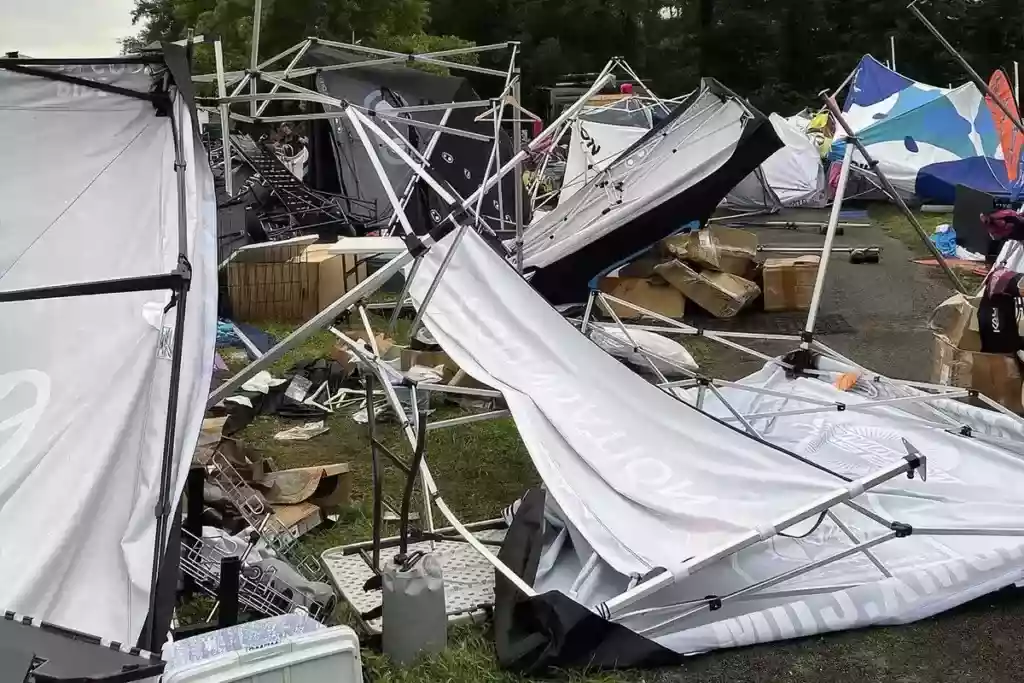
At Westshade, we proudly offer four outstanding frame options, each designed to withstand varying wind conditions:
- Y5 Commercial Steel Tent: Features a 32mm cross-section with commercial-grade steel frames. Paired with a 600D/900D polyester canopy, this tent can confidently withstand winds of up to 20 MPH.
- Y6 Light Aluminum Tent: Comes with a 45mm cross-section and commercial-grade aluminum frames for optimal durability. When combined with a 600D/900D polyester canopy, it can withstand winds of up to 30 MPH.
- Y7 Heavy Duty Aluminum Tent: Boasts a 57mm cross-section with heavy-duty aluminum frames that can handle tough conditions. Paired with a 600D/900D polyester canopy, it can confidently endure winds of up to 40 MPH.
- Y8 Super Aluminum Tent: Equipped with a 54mm cross-section and heavy-duty aluminum frames, engineered to withstand the harshest conditions. Enhanced with stronger legs and paired with a 600D/900D polyester canopy, it can confidently endure winds of up to 50 MPH.
We are confident that the models we offer can meet your needs. While the Y5 Commercial Lite Tent offers solid performance in moderate conditions, for events in areas prone to stronger winds or more demanding environments, the Y6, Y7, and Y8 models are designed to provide even greater stability and protection. Learn more details about our canopy tent frame options.
Combat Wind the Right Way
Set up the tent correctly
Though you can’t control the weather, you can combat winds by setting up your canopy tent correctly. Follow the supplier’s canopy tent set up instructions for proper assembly. This way, you maintain the structural integrity of the tent. This prevents the tent from lifting or shifting over. The last thing you want is a leaning tent. You have a first line of defense against winds with the right setup.
Always anchor your tent
After assembling your tent, use ropes and stakes to anchor the structure to the ground. Durable stakes are made from heavy-duty materials like steel to ensure the tent doesn’t move. The extra security is beneficial on light and moderately windy days as it helps the tent maintain its structure.
Secure the tent with weights
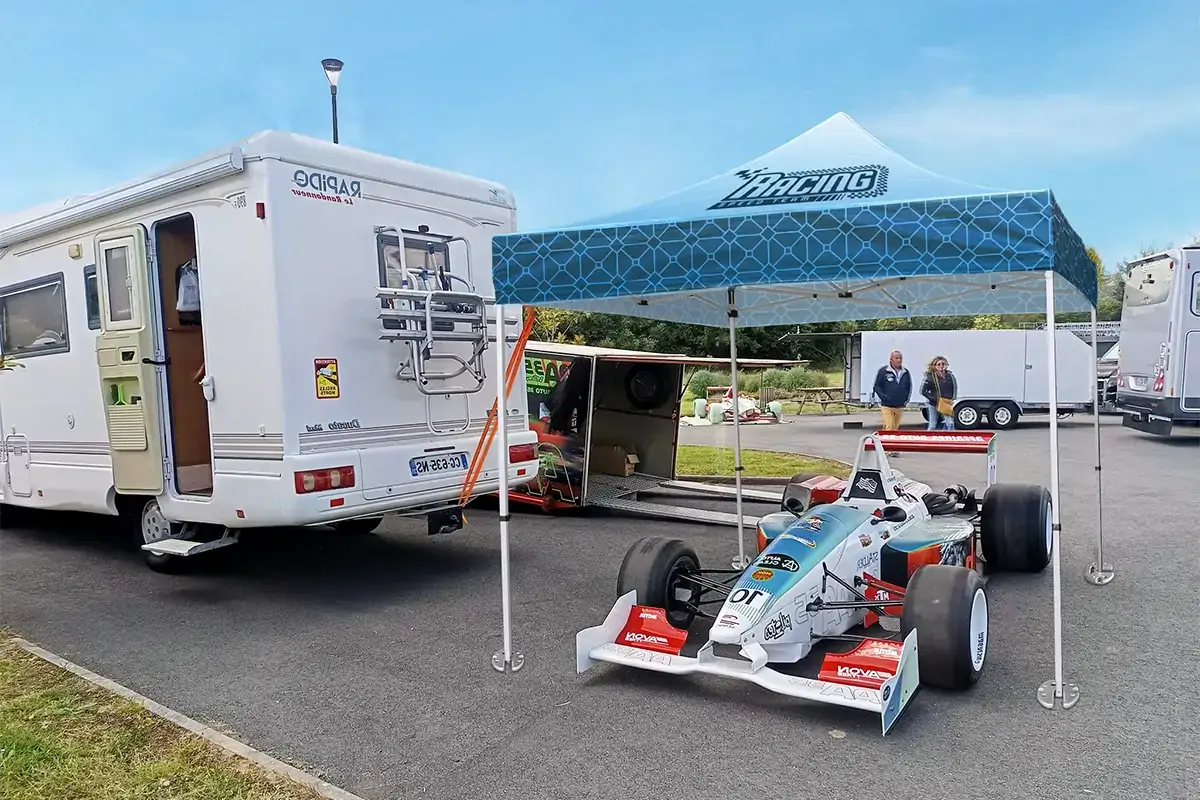
To add extra weight and improve wind resistance, attach Sandbags, Water Weight, or Heavy Duty Steel Weight Plates to your canopy tent’s legs. Sandbags are especially essential for hard surfaces like asphalt or concrete, where anchors cannot dig into the ground. You can fill these bags with pebbles, sand, or concrete to help resist strong winds, offering a cost-effective solution for added stability.
For maximum wind protection, always opt for the heaviest weight you can find to take your tent’s stability to the next level on windy days. You can find these weights and more in our tent accessories section.
Stay Protected with Westshade
Personal safety is our top priority, and we want to ensure you’re always prepared. If strong winds are forecasted, we recommend packing up your tent quickly if possible. Though our tents are tested to withstand winds of up to 50 mph, we strongly advise against using the product in high wind conditions.
If you find yourself in an unfortunate situation where it’s too late to pack up, seek shelter in a safe location and wait for the storm to pass before retrieving your belongings. Rest assured, if your tent is damaged due to adverse weather, Westshade stands behind its products. Our outstanding warranty reflects our confidence in the quality of our tents. Learn more about our warranty details on our website.
At Westshade, we also offer custom tent printing and a wide range of canopy accessories to elevate your next event. Ready to personalize your tent? Get your quote today and showcase a custom-designed tent at your next event!
